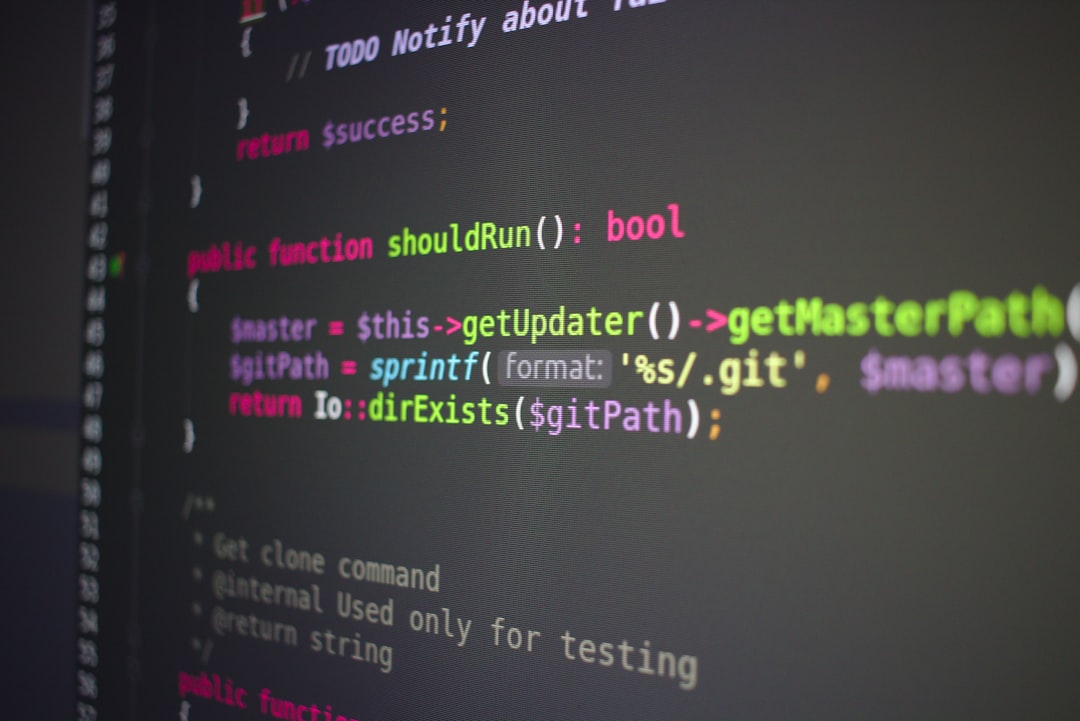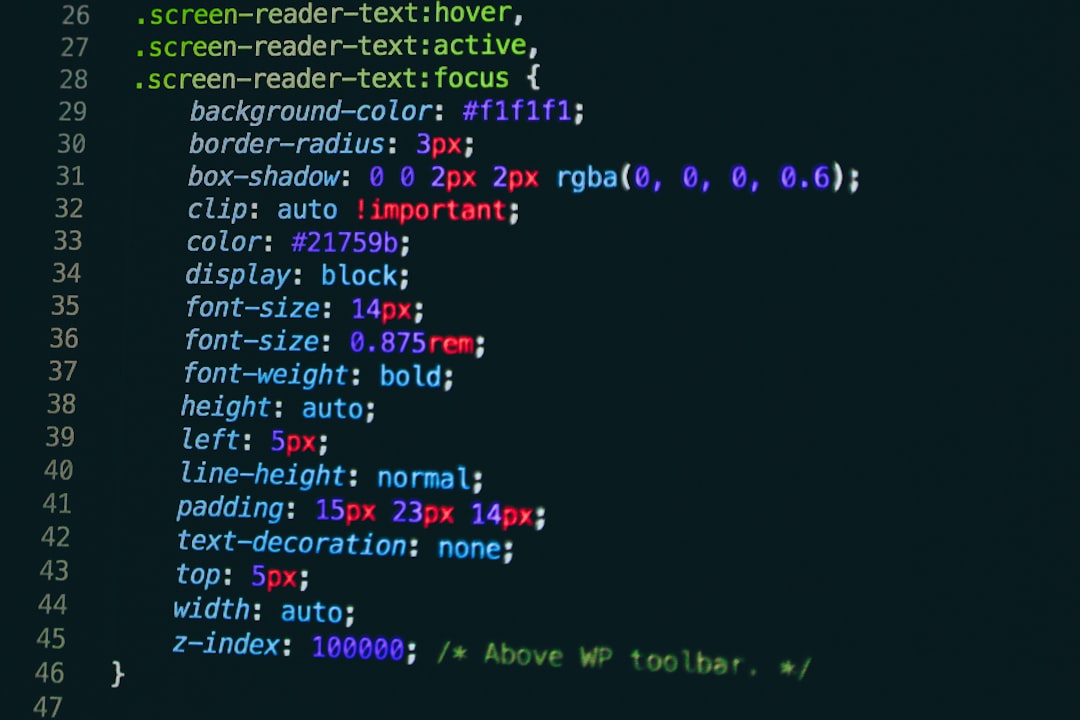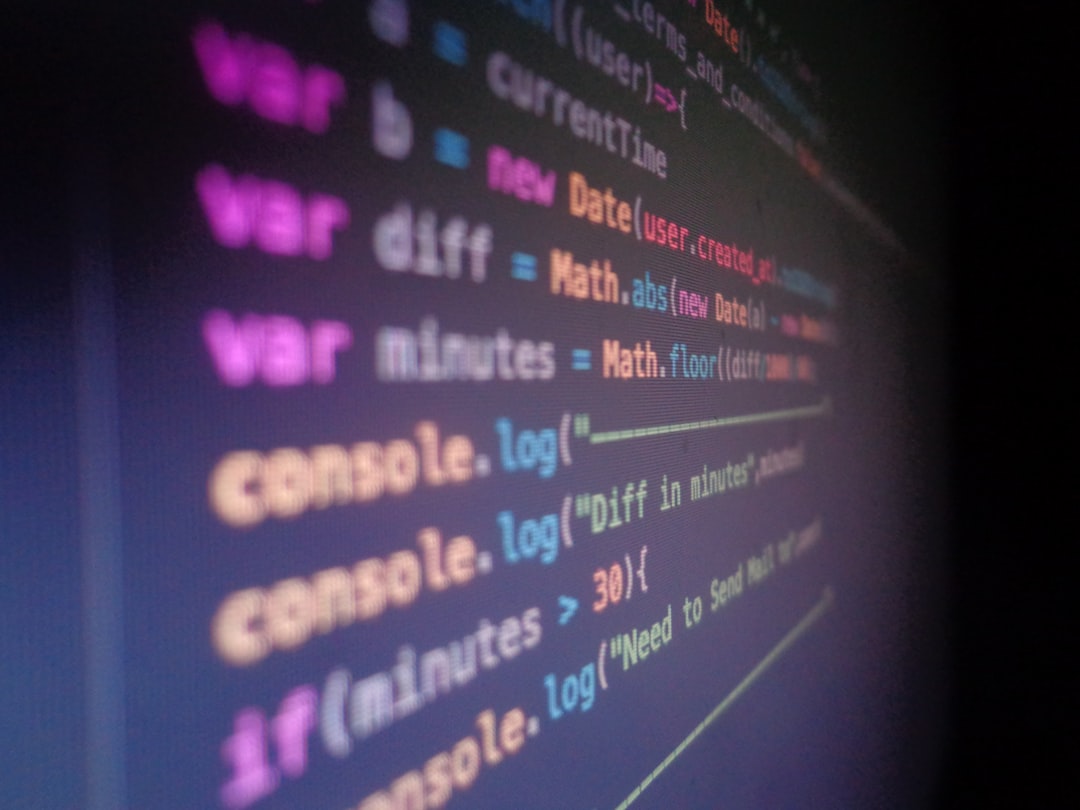Artificial Intelligence has dramatically changed the way we build and optimize software. From code generation to fault detection and performance enhancement, AI tools like GPT-based models and machine learning algorithms are progressively becoming features in modern development toolkits. However, despite these advances, there are still significant limitations when it comes to AI in code optimization. Understanding these constraints is crucial to ensuring that developers make informed and responsible use of AI-driven solutions.
1. Lack of Contextual Understanding
One of the most significant drawbacks of using AI for code optimization is its limited understanding of context. While AI can analyze patterns in code and suggest performance improvements, it often lacks understanding of the broader architecture, business logic, and long-term goals of a project.
For example, an AI might recommend removing a seemingly redundant section of code, unaware that it plays a vital role in future extensibility or debugging. Since AI models primarily operate on pattern recognition rather than true comprehension, these suggestions can sometimes do more harm than good.

2. Generalization Over Specialization
Most AI models are trained on enormous but general datasets, which can lead to suggestions that prioritize average case improvements rather than highly-specific, project-optimized solutions. While these recommendations might work well in typical cases, they often fail to deliver specialized optimizations required in areas like high-performance computing, embedded systems, or real-time processing where every millisecond counts.
This generalist approach makes it difficult for AI to account for the unique limitations and requirements of specific environments or hardware configurations.
3. Inadequate Understanding of Trade-offs
Optimization always involves a set of trade-offs—speed vs. memory, maintainability vs. performance, and so on. Human developers make strategic decisions based on domain knowledge, long-term maintenance priorities, and even organizational goals. AI, however, often lacks this nuanced judgment.
Here’s an example of such trade-offs:
- AI: Unrolls loops to speed up execution.
- Developer: Chooses not to unroll for better readability and future maintenance.
Without understanding these trade-offs, AI can introduce optimizations that are technically sound but impractical or even harmful in the long run.
4. Limited Multi-Language and Legacy Code Support
Most AI code tools currently excel in popular, modern programming languages like Python, JavaScript, and Java. However, in enterprise environments, there is still widespread use of languages like COBOL, Fortran, and system-specific DSLs. AI often falls short in recognizing and optimizing such legacy code effectively, thereby limiting its usability in large organizations or critical infrastructure systems.

5. Risk of Over-Optimization
AI can sometimes over-optimize code, focusing on benchmarks rather than real-world usability. For instance, in attempts to reduce execution time or memory consumption, AI might suggest highly convoluted code that is nearly illegible. While this might be acceptable in some performance-critical environments, it can seriously degrade readability, maintainability, and developer collaboration.
This issue is exacerbated when teams rely too heavily on AI tools without adequately reviewing or understanding the changes being made.
6. Security and Ethical Concerns
Code optimization isn’t just about performance—it also involves security. AI might suggest transformations that inadvertently open up security vulnerabilities. Moreover, since training datasets may contain flawed or insecure patterns, there’s always a risk that AI could reproduce or even amplify these issues.
Additionally, the question of ownership and accountability arises. If an AI tool introduces a subtle bug during optimization that later causes significant harm, who is responsible—the developer, the company, or the AI vendor?
Conclusion
AI has demonstrated incredible potential in the realm of software development, particularly when it comes to optimizing code for speed, efficiency, and scalability. However, its limitations should not be overlooked. A lack of contextual understanding, inability to assess trade-offs wisely, minimal support for niche languages, and potential security pitfalls mean that human oversight is not just recommended—it’s essential.
In the future, we can expect AI to become more adaptive and aware of nuanced requirements, but until then, developers must consider AI as a complementary tool—useful, but not infallible.
The best outcomes lie in a hybrid approach that combines the pattern-matching power of AI with the strategic thinking of experienced developers.
